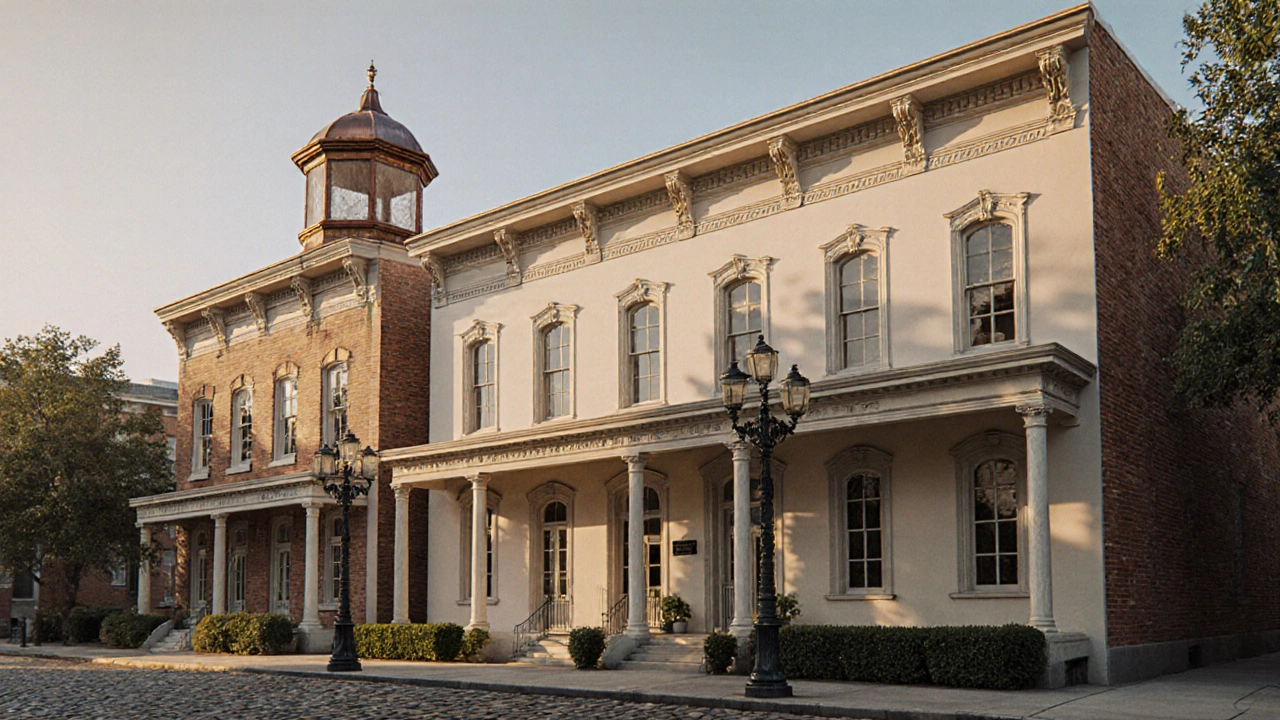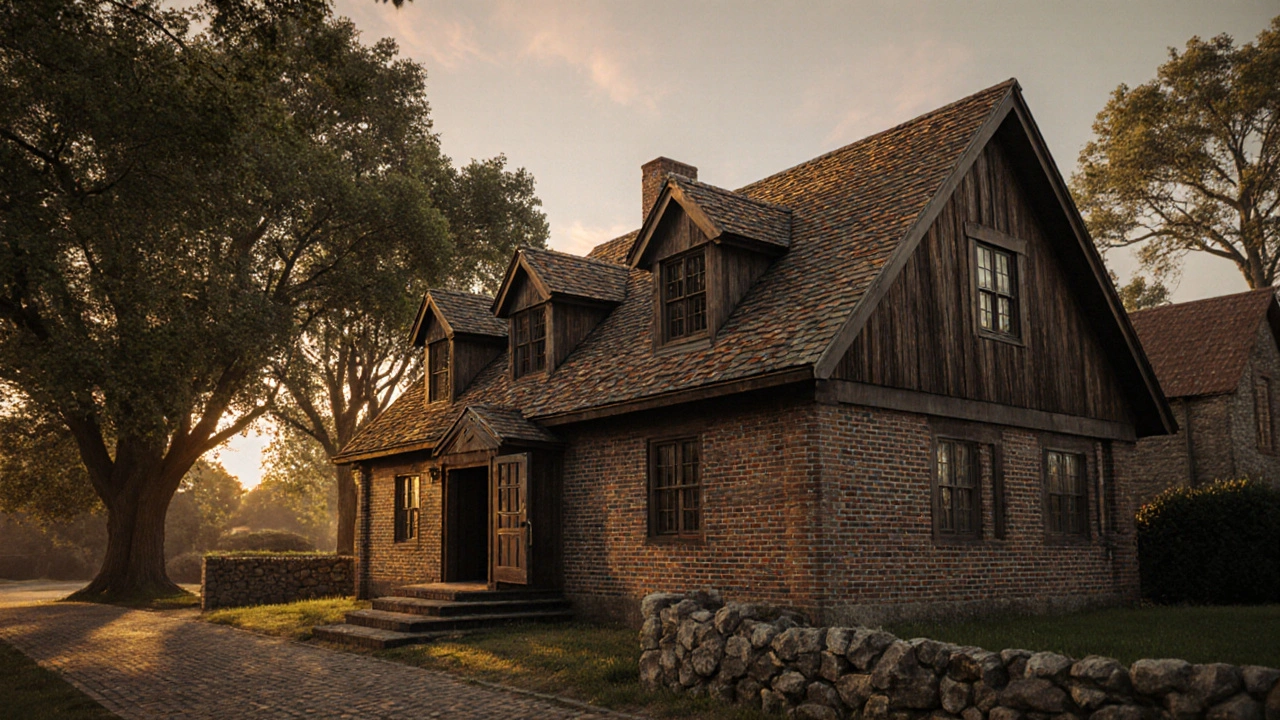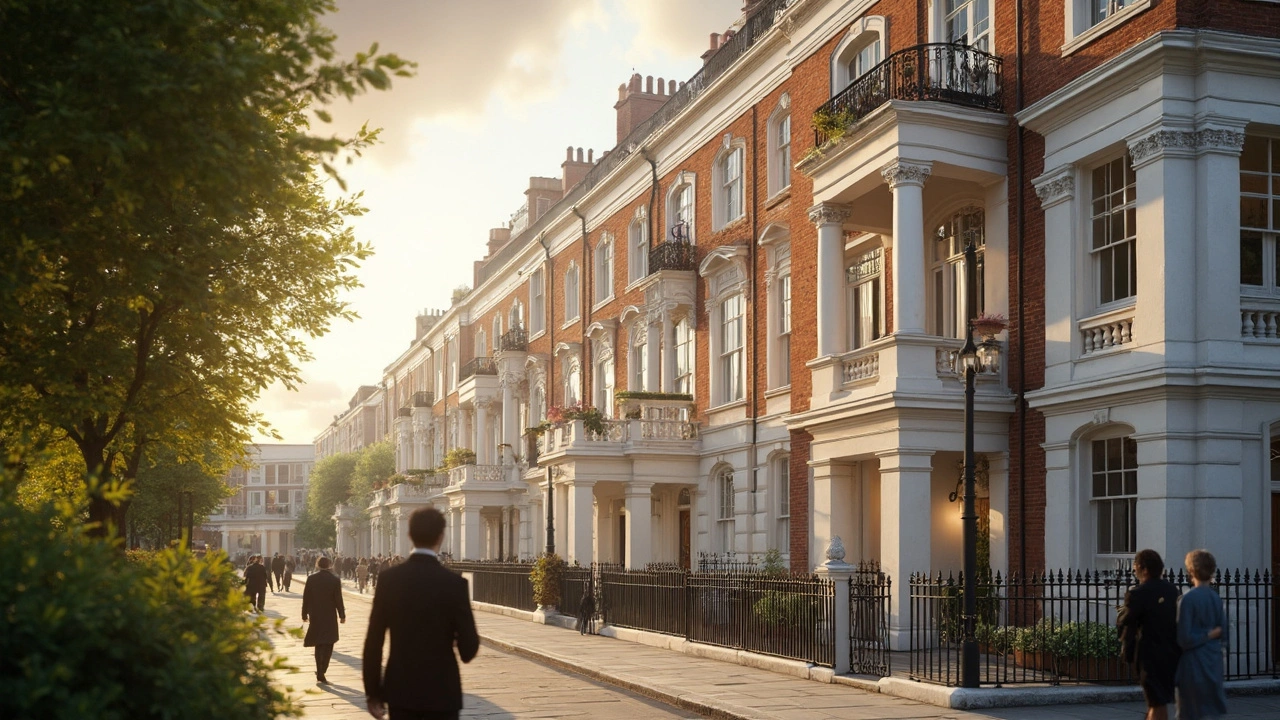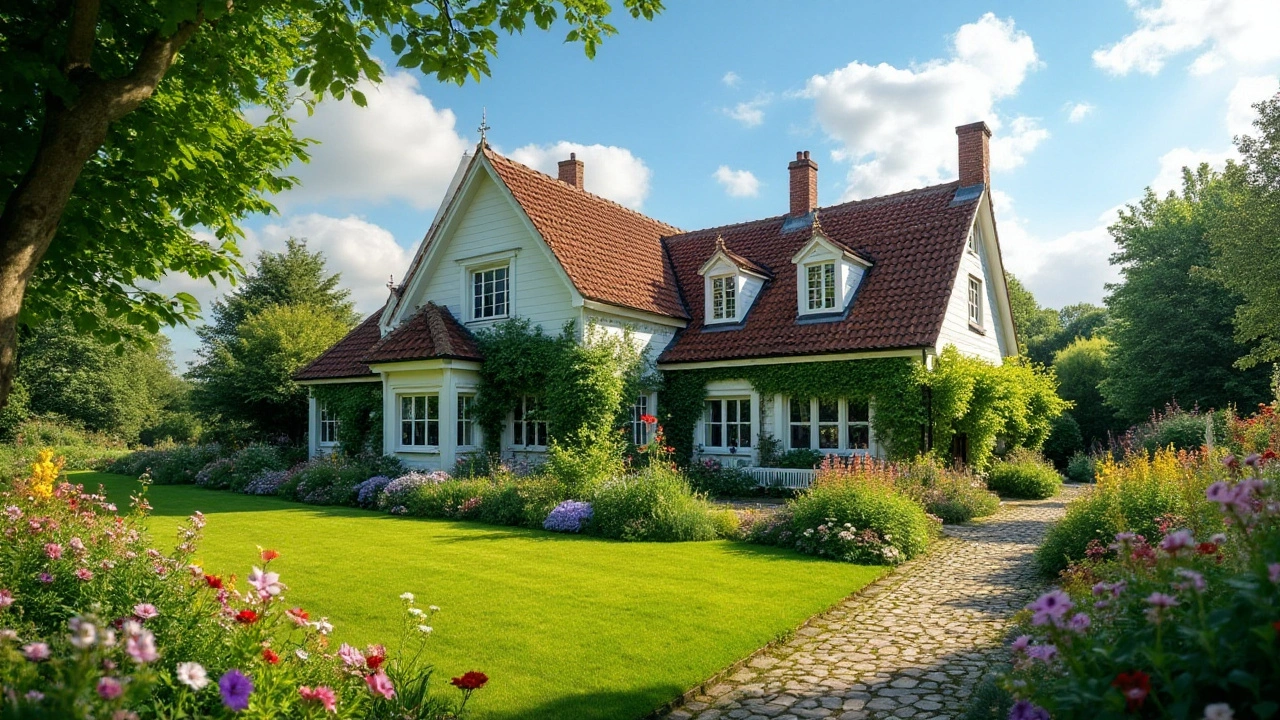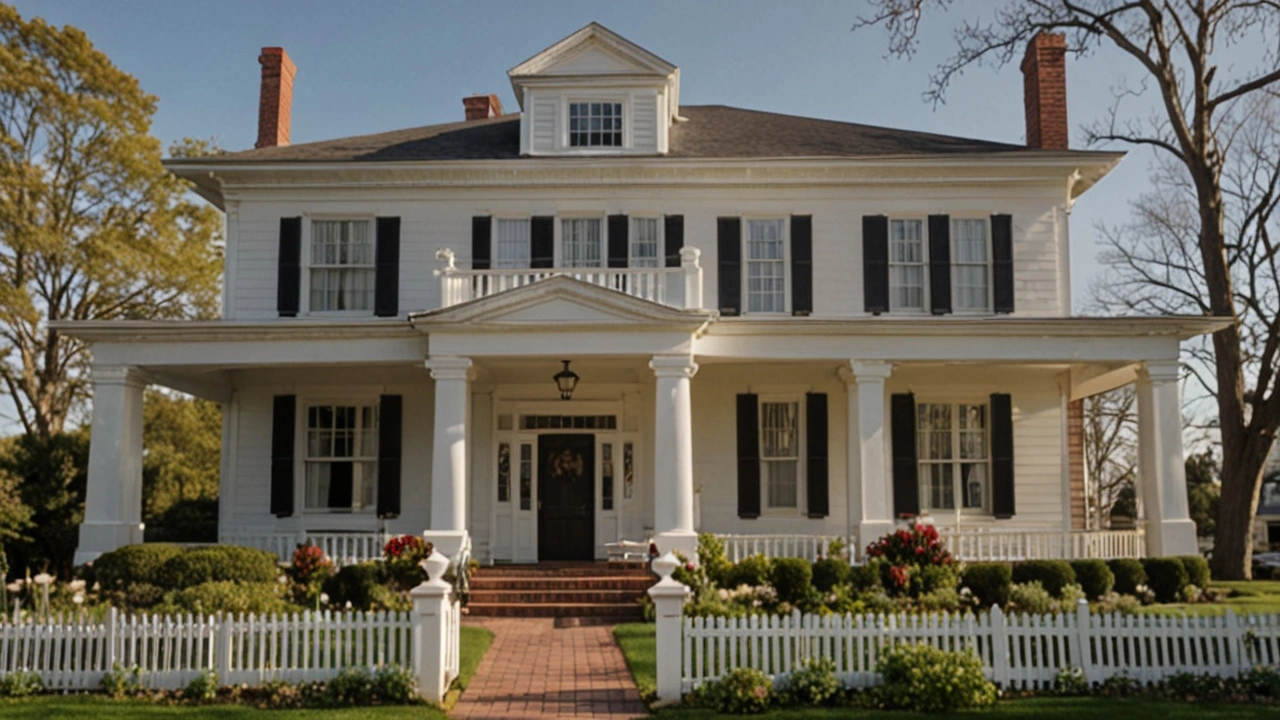Explore Italianate architecture's history, key features, famous examples, and modern design tips. Learn how this Victorian style blends form and function for timeless homes.
Historic homes: how to spot styles and handle buying or renovating one
Historic homes tell stories through details: a cornice, a sash window, a wide porch, or a hand-laid brick. If you love character, this page helps you recognize common styles, avoid costly mistakes, and start practical projects that keep a house both beautiful and livable.
Spotting key styles quickly
Want a simple way to identify a house? Look at shape, symmetry, and materials. Colonial homes often have a centered door and evenly spaced windows. Georgian buildings show strict symmetry and brickwork. Greek Revival uses strong columns and pediments — like tiny temples. Beaux-Arts brings grand ornament, domes, and big staircases. American Craftsman favors low roofs, exposed rafters, and built-in woodwork. Mediterranean Revival shows clay tiles and arched windows. Recognizing those basics helps you pick articles to read next and narrows what maintenance or renovation will cost.
Check the roofline and windows first — they reveal a lot. Original sash windows, stained glass, or plaster moldings tell you about age and repair needs. Materials matter: original wood or lime plaster usually needs different repair than modern drywall.
Practical tips for buyers and owners
Before you buy: get a thorough inspection that focuses on foundation, roof, wiring, plumbing, and signs of moisture. Historic houses can hide problems under original finishes. Ask about past work: was the wiring updated? Is insulation added without wrecking interior trim? If the house is in a historic district, check local rules — even paint color can require approval.
Renovation basics: keep what’s original when it’s sound. Original doors, moldings, and floors usually add value. When you must replace, match materials and proportions — a new window that’s too modern will ruin the look. For energy savings, add insulation in attics and behind walls where possible, and use storm windows or interior secondary glazing to keep original sashes intact.
Dealing with hazardous materials: older homes may have lead paint or knob-and-tube wiring. Treat these seriously — hire certified pros for removal or safe encapsulation. That protects your health and keeps future buyers comfortable.
Financial help: look for tax credits, local grants, or state preservation programs. Many places offer incentives for restoring registered historic properties. Even small projects, like repairing a porch or restoring windows, can qualify for local support.
Explore further: read specific guides on Colonial, Georgian, Greek Revival, Beaux-Arts, Renaissance, and Craftsman styles to match repair methods to the house. If you want step-by-step renovation ideas, focus on retaining character, updating systems, and picking finishes that feel right for the era.
Historic homes are work, but they also pay back in charm and long-term value. Start with careful inspection, prioritize original features, and find local resources — then enjoy a home that’s more than shelter: it’s a piece of history you get to live in.
Explore the enduring charm of Dutch Colonial Revival architecture, its signature gambrel roof, historic roots, and how to preserve or adapt these timeless homes today.
Greek Revival architecture is more than just white columns and grand facades—it's a style packed with history and character. This article breaks down what makes these buildings unique, why they're worth saving, and how you can spot authentic features. You'll also get practical advice on maintenance, renovation, and preserving original details. Whether you love old houses or just want to learn more, this guide helps you appreciate a style that still stands tall.
Explore the impact of Colonial Revival architecture on American history, highlighting its role in shaping the nation's identity. This article delves into how this architectural style became a symbol of patriotism and nostalgia, offering insight into its evolution and cultural significance. Discover interesting facts and essential aspects that reflect its lasting influence in the United States.
Dutch Colonial Revival architecture holds a unique place in history, fusing nostalgic charm with practical design. Emerging in the late 19th century, this style draws inspiration from the early Dutch settlers' homes in America. Known for its distinctive gambrel roofs and symmetrical facades, the Revival movement reflects an appreciation for the past while adapting to modern needs. This exploration uncovers the enduring influence and cultural significance of this architectural style.
Colonial Revival Architecture stands as a testament to the enduring charm and elegance of early American design influences. Both historical and practical, this style has remained a popular choice for homeowners and architects alike. From its symmetrical façades to the tasteful incorporation of classical elements, Colonial Revival continues to inspire modern designs and renovations across the country.

